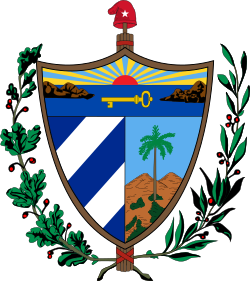| |||||||||||
| |||||||||||
| |||||||||||
 |
|---|
Presidential elections were held in Cuba on 1 November 1928. [1] The non-democratic elections were won by incumbent President Gerardo Machado who was the only candidate. [2] [3] Despite promising to govern only for one term, Machado ran for re-election in 1928. [4] The opposition was repressed. [4]
